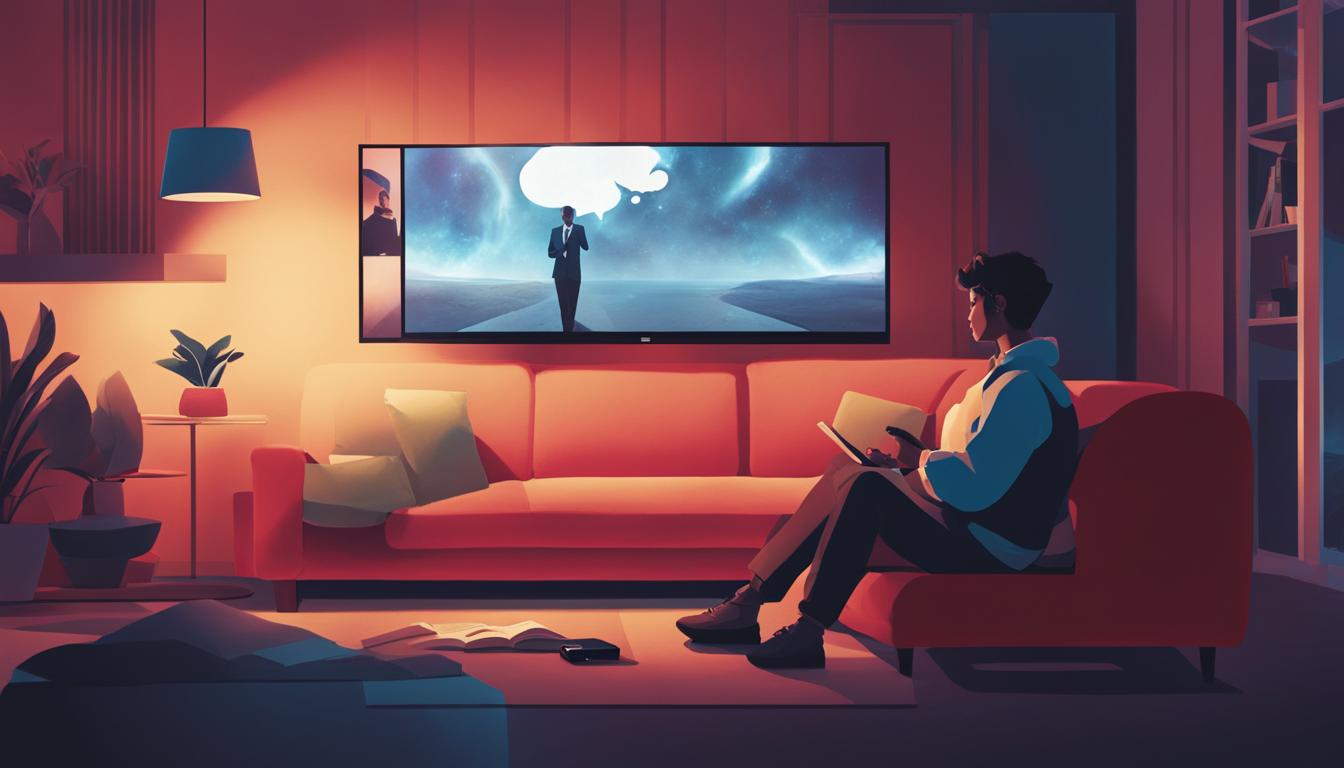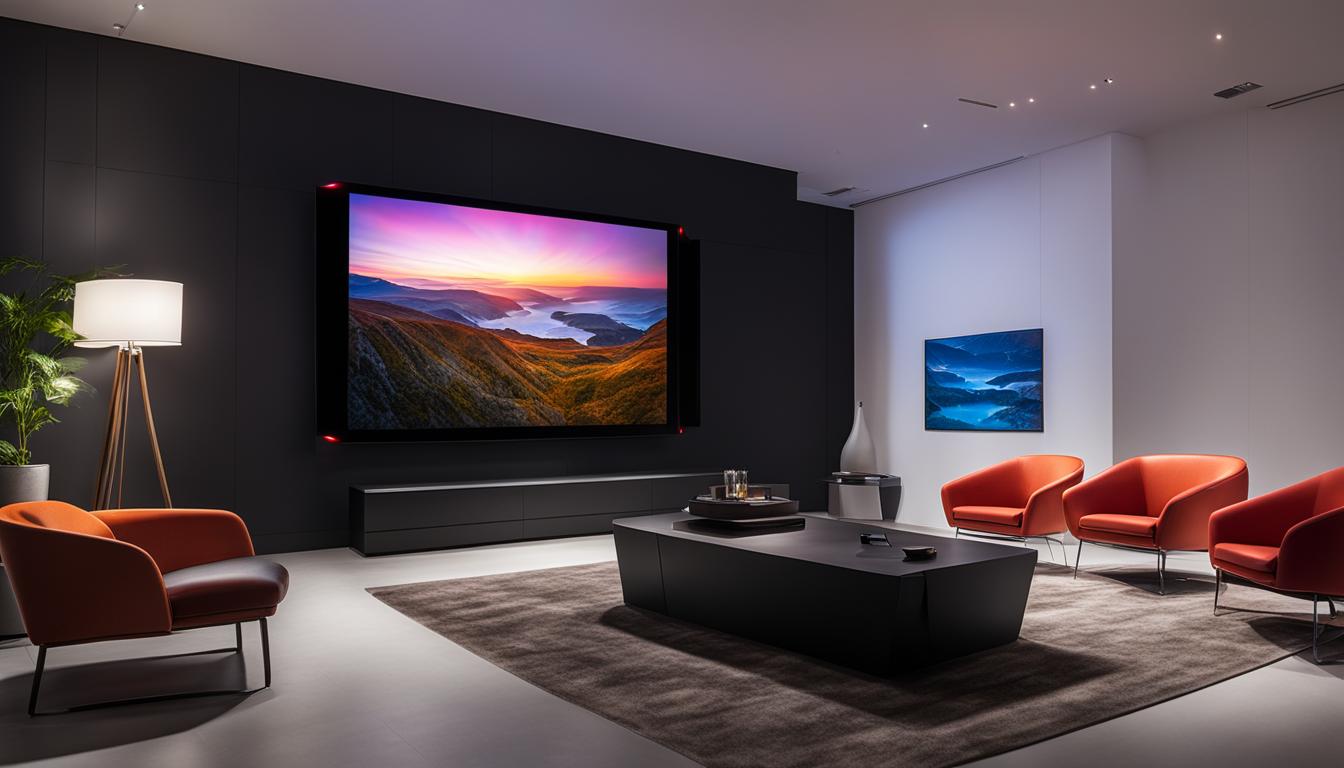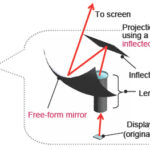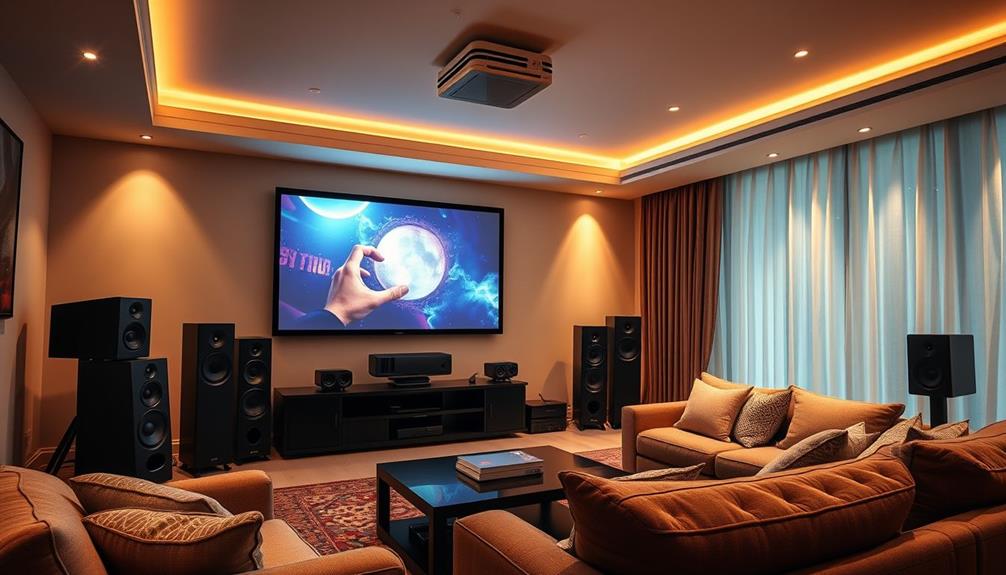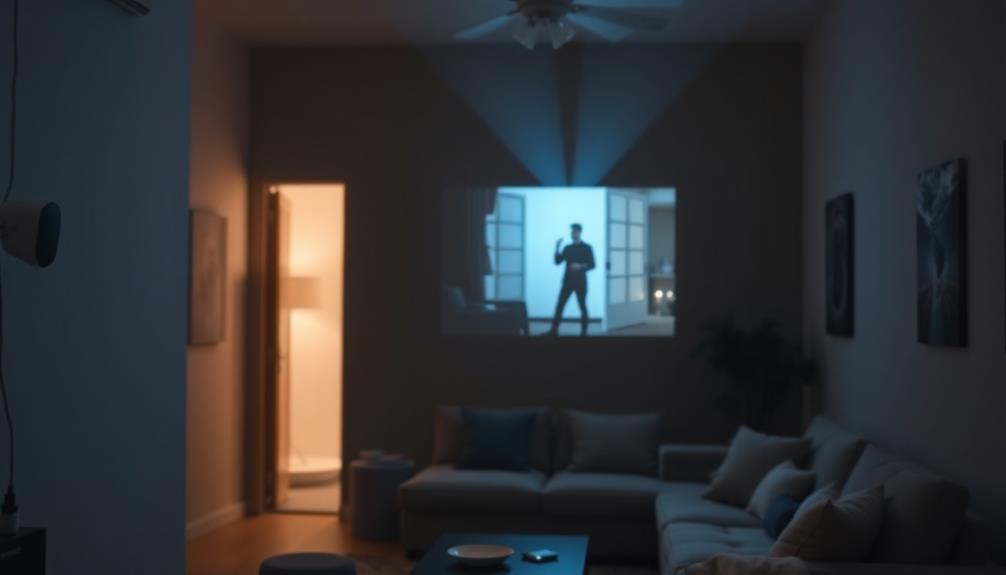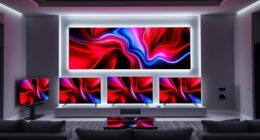Netflix offers a Premium plan that includes 4K content, but is it worth the extra cost? Let’s examine the factors that can help you decide if 4K Netflix is worth it for you.
When it comes to streaming services, having access to high-quality content is important. With the rise of 4K technology, many platforms, including Netflix, have started offering 4K streaming options. But is 4K Netflix worth it? In this article, we’ll explore the various factors you should consider before deciding whether to upgrade to 4K Netflix. From the cost of the Premium plan to the availability of 4K content, we’ll help you make an informed decision.
Key Takeaways:
- Assess the cost of the Premium plan and compare it to other streaming services that offer 4K content.
- Consider how many people will be using your Netflix account and the number of simultaneous streams you’ll need.
- Ensure that your device and internet connection are 4K-compatible for optimal streaming quality.
- Check the availability of 4K content you want to watch on Netflix before making the upgrade.
- Ultimately, the decision to upgrade to 4K Netflix depends on your individual preferences and circumstances.
Understanding Netflix Plans
When it comes to deciding whether 4K Netflix is worth it for you, it’s important to understand the different Netflix plans available. Netflix offers four subscription plans: Basic, Standard, Standard with ads, and Premium. Each plan comes with its own set of features and pricing options.
The Basic plan is the most affordable option, offering standard definition streaming on one screen at a time. It does not include HD or 4K streaming.
The Standard plan, on the other hand, allows for HD streaming and simultaneous streaming on two screens. This plan is suitable for households with multiple viewers who want to watch Netflix at the same time. However, it does not include 4K streaming.
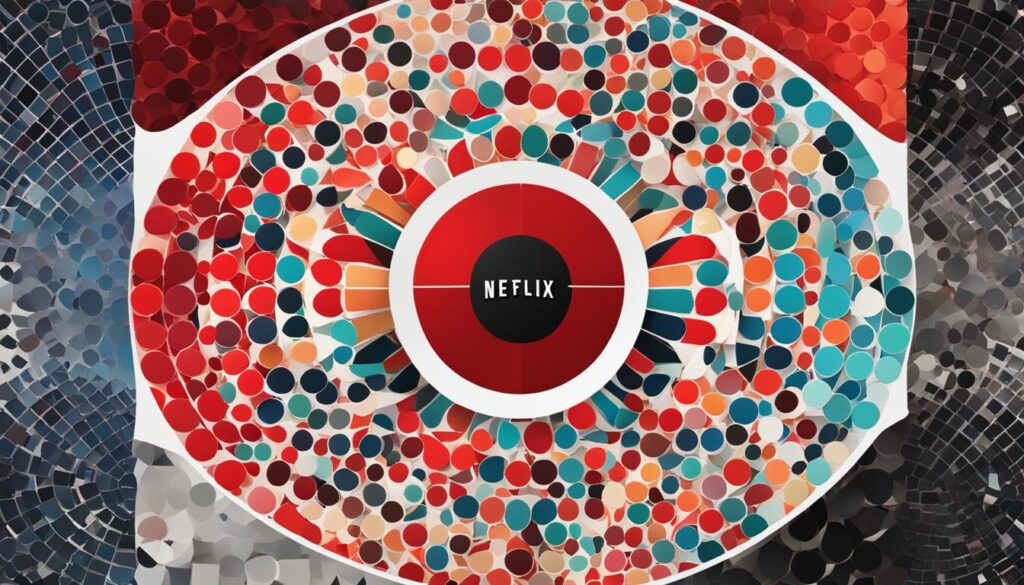
The Premium plan is the highest-level subscription offered by Netflix. It includes 4K streaming and allows for streaming on up to four screens simultaneously. This plan is ideal for households with multiple viewers who want to enjoy 4K content on their compatible devices. The Premium plan also comes with additional perks, such as HDR (High Dynamic Range) support and the ability to download content for offline viewing.
In summary, the Premium plan is the only Netflix plan that includes 4K streaming. If you’re someone who wants to watch Netflix in the highest quality possible and share your account with multiple people, the Premium plan may be worth considering.
Factors to Consider: Cost, Simultaneous Watching, and Stream Quality
When deciding whether 4K Netflix is worth it for you, there are several factors to consider. These include the cost of the Premium plan, the number of screens you need to watch simultaneously, and the quality of the streaming experience.
Cost of the Premium Plan
The Premium plan, which includes 4K content, comes at a higher price compared to the other Netflix plans. It costs $19.99 per month, while the Basic plan is $8.99, and the Standard plan is $13.99. Take into account your budget and whether the additional cost is affordable for you.
Simultaneous Watching
If you have multiple people in your household who want to watch Netflix simultaneously, the Premium plan might be worth considering. It allows for four screens to stream at the same time, while the Basic plan only allows for one screen, and the Standard plan allows for two screens. Evaluate how many simultaneous streams you need based on the number of people who will be watching at the same time.
Stream Quality
The Premium plan is the only Netflix plan that offers 4K streaming. If you have a 4K-compatible device and a stable internet connection, you’ll be able to enjoy high-quality, crisp visuals with greater detail. However, it’s important to note that streaming in 4K requires a strong internet connection with speeds of at least 15Mbps. Make sure your internet speed is sufficient to support seamless streaming in 4K.
Consider these factors carefully to determine if 4K Netflix is worth it for you. The cost, simultaneous watching capability, and stream quality can all impact your decision. It’s essential to evaluate your personal preferences and circumstances to make an informed choice regarding whether the Premium plan is the right fit for your streaming needs.

How Many People Use Your Netflix Account?
When considering whether 4K Netflix is worth it for you, one important factor to take into account is how many people use your Netflix account. The Premium plan, which offers 4K content, allows for up to four simultaneous streams within a household. This means that if you have multiple family members or roommates who use the same Netflix account, they can all enjoy 4K streaming at the same time.
But what if you have additional people outside of your household who want to access your Netflix account? The good news is that the Premium plan also allows for two extra streams for members outside of your household. This can be convenient if you share your Netflix account with friends or extended family members.
By assessing how many people use your Netflix account and how many simultaneous streams you need, you can determine whether the Premium plan’s four-stream limit is sufficient for your needs. It’s important to consider the number of individuals who will be accessing the account and their streaming habits.

Summary:
- The Premium plan allows for up to four simultaneous streams within a household.
- Two additional streams are available for members outside of the household.
- Consider the number of people who will be using your Netflix account and their streaming habits.
Table: Simultaneous Streams on Netflix Plans
| Netflix Plan | Number of Simultaneous Streams |
|---|---|
| Basic | 1 |
| Standard with Ads | 1 |
| Standard | 2 |
| Premium | 4 (up to 2 additional streams for members outside of the household) |
Will You Watch 4K Movies and Shows?
When considering whether 4K Netflix is worth it for you, one important factor to consider is the availability of 4K content on the platform. While Netflix offers a wide range of movies and shows, not all of them are available in 4K resolution. To determine if there is enough 4K content to satisfy your viewing preferences, it’s a good idea to search for specific titles or genres that are of interest to you. You can easily do this by using the search function on the Netflix website or app and typing in “4K”. This will provide you with a list of all the 4K content available on Netflix.
Netflix continuously adds new 4K movies and shows to its library, but the availability can vary depending on licensing agreements and production release schedules. Keep in mind that newer movies and shows are more likely to be available in 4K, while older titles may still be limited to lower resolutions. Additionally, the availability of 4K content can also vary depending on your region. Some movies and shows may not be available in 4K in certain countries.
Overall, if watching content in 4K is a top priority for you and there is a sufficient amount of 4K content available on Netflix that aligns with your interests, then the Premium plan may be worth considering. However, if 4K content is not a determining factor for your viewing preferences, you may want to explore other streaming options that offer a wider selection of non-4K content at lower prices.
| Pros of 4K Netflix | Cons of 4K Netflix |
|---|---|
| Access to a growing library of 4K movies and shows | Not all movies and shows are available in 4K |
| Enhanced visual quality for supported devices | Higher cost compared to other Netflix plans |
| Ability to fully utilize and showcase the capabilities of 4K TVs or monitors | Availability of 4K content may vary by region |
Do You Have a 4K Device?
Before considering upgrading to 4K Netflix, it’s essential to ensure that your device is compatible with 4K streaming. Not all devices can support the high-resolution content that 4K offers. To determine if your device is 4K-compatible, you’ll need to check the manufacturer’s guide for your TV or monitor.
Make sure to look for specifications indicating support for 4K streaming, such as HDMI 2.0 and HDCP 2.2 compatibility. These are essential for a smooth and uninterrupted streaming experience. Without the necessary compatibility, you won’t be able to fully enjoy the benefits of 4K Netflix.
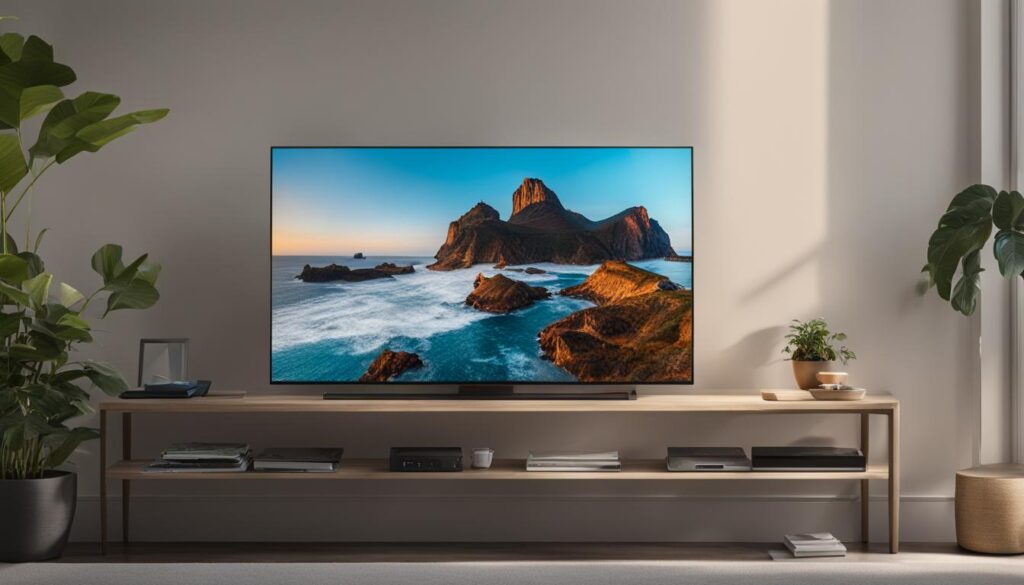
Devices that Support 4K Streaming
| Device | Supported Resolutions |
|---|---|
| Smart TVs | Full HD, 4K, 8K |
| Gaming Consoles | Full HD, 4K, 8K |
| Streaming Devices | Full HD, 4K |
If you have a smart TV, gaming console, or streaming device, chances are it supports 4K streaming. However, it’s always a good idea to double-check the specifications and capabilities of your specific device to ensure compatibility.
Remember that 4K streaming requires a stable and fast internet connection. So, even if your device is 4K-compatible, make sure your internet speed meets the requirements for streaming 4K content. With the right device and internet connection, you’ll be ready to enjoy the stunning visuals and immersive experience that 4K Netflix offers.
Is Your Internet Strong Enough for 4K?
When considering whether 4K Netflix is worth it for you, one crucial factor to assess is the strength of your internet connection. Streaming 4K content requires a stable and fast internet connection to ensure a smooth and high-quality viewing experience.
To stream 4K content on Netflix, it is recommended to have an internet speed of at least 15Mbps. You can check your internet speed using Fast.com, a reliable tool provided by Netflix. If your current internet speed falls below the recommended threshold, you may experience buffering or a downgrade in the resolution of the 4K content.
| Internet Speed | Streaming Quality |
|---|---|
| 15Mbps or higher | 4K Ultra HD |
| 5-15Mbps | Full HD (1080p) |
| 3-5Mbps | HD (720p) |
| Below 3Mbps | SD (480p or lower) |
It’s worth noting that your internet speed can fluctuate based on various factors such as network congestion, the number of connected devices, and your ISP’s performance. Therefore, you should ensure that your internet connection remains stable, especially during peak streaming hours when the demand for bandwidth is high.
By having a strong and reliable internet connection, you can fully enjoy the crisp visuals and stunning details that 4K Netflix has to offer. Before upgrading to the Premium plan, ensure that your internet speed meets the recommended requirements to make the most out of your 4K streaming experience.
Considering the Price of the Premium Plan
Now that we’ve explored the various factors to consider when deciding if 4K Netflix is worth it, let’s delve into the cost of the Premium plan. The Premium plan comes with a higher price tag of $19.99 per month compared to the other plans. This raises the question: is the cost of 4K Netflix justified?
When evaluating the cost, it’s important to compare it to other streaming services that offer 4K content at lower prices. While the Premium plan provides access to a vast library of 4K movies and shows, there are alternatives available. Services like Disney+, Amazon Prime Video, and Apple TV+ also offer 4K streaming options, often at more affordable rates.
| Streaming Service | Price per Month | 4K Streaming |
|---|---|---|
| Netflix Premium | $19.99 | Yes |
| Disney+ | $7.99 | Yes |
| Amazon Prime Video | $12.99 (Prime membership required) | Yes |
| Apple TV+ | $4.99 | Yes |
As shown in the table above, there are other options available that provide 4K streaming at lower prices. However, it’s important to consider the overall value you’ll receive from the Premium plan. If you’re a dedicated Netflix user and appreciate the wide range of exclusive content, the convenience of multiple simultaneous streams, and a seamless viewing experience, the higher price may be justifiable.
In conclusion, when considering the price of the Premium plan, it’s essential to weigh it against the cost of alternative streaming services that offer 4K content. Assess your viewing habits, the value you place on exclusive Netflix content, and your budget to make an informed decision. Remember, the choice ultimately depends on your personal preferences and circumstances.
Exploring Other Streaming Options
While Netflix offers a Premium plan with 4K content, it’s worth considering other streaming options that provide similar features and potentially lower prices. Here, we’ll take a closer look at some of the competitors in the 4K streaming space, including Disney+, Amazon Prime Video, and Apple TV+.
Disney+ has emerged as a popular streaming service, featuring an extensive library of movies and TV shows from Disney, Pixar, Marvel, Star Wars, and National Geographic. The service offers 4K content and supports simultaneous streaming on multiple devices. With a competitive price point, Disney+ is a strong alternative to Netflix for accessing high-quality 4K content.
Amazon Prime Video is another noteworthy competitor, offering a wide variety of movies, TV shows, and original content. Like Netflix, Amazon Prime Video has a range of subscription options, including 4K streaming. For Prime members, the service is included in the annual subscription fee, making it an attractive choice for those who already enjoy the benefits of Amazon Prime.
Apple TV+ is Apple’s streaming platform, featuring original content created by renowned filmmakers and actors. While the library may be smaller compared to other services, Apple TV+ offers 4K streaming and is compatible with a range of Apple devices. For Apple users who value high-quality visuals and exclusive content, Apple TV+ is a compelling option to consider.
When comparing these streaming services, it’s important to evaluate factors such as content availability, pricing, and device compatibility. Each service brings its own unique offerings, so take the time to explore what aligns best with your preferences and budget.
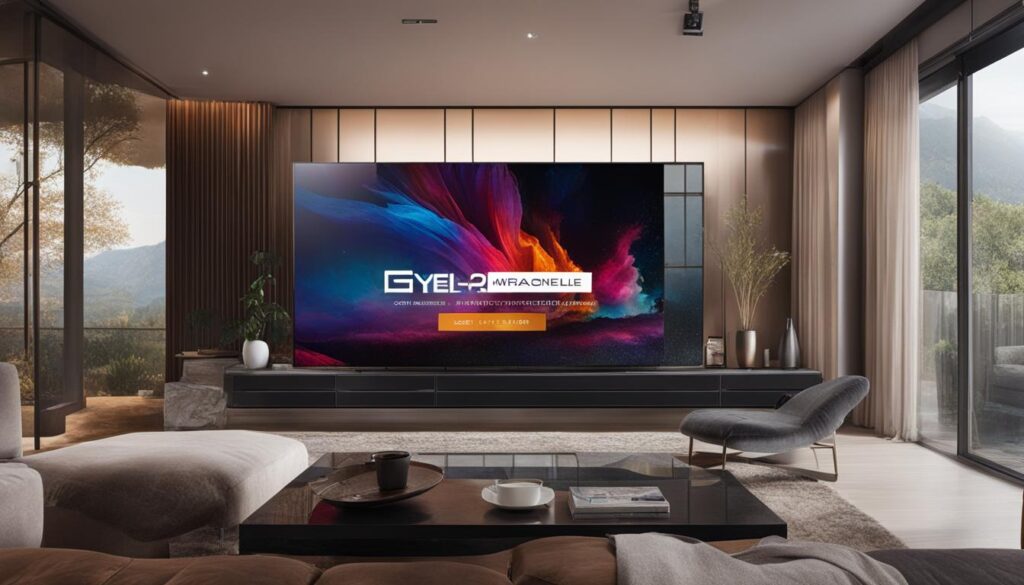
| Streaming Service | Price | 4K Content | Simultaneous Streaming | Device Compatibility |
|---|---|---|---|---|
| Netflix Premium | $19.99 per month | Yes | Up to 4 screens | Wide range of devices |
| Disney+ | $7.99 per month | Yes | Up to 4 screens | Various devices |
| Amazon Prime Video | $8.99 per month (included in Amazon Prime) | Yes | Up to 3 screens | Wide range of devices |
| Apple TV+ | $4.99 per month | Yes | Up to 6 screens | Apple devices |
Making the Decision
Deciding whether to upgrade to 4K Netflix is a personal choice that depends on several factors. To help you make an informed decision, let’s consider the key elements that can influence your choice.
Cost of the Premium Plan
One of the primary considerations is the cost of the Premium plan. At $19.99 per month, it is more expensive than other Netflix plans. Evaluate your budget and determine if the additional cost is justifiable for the benefits you’ll receive. If affordability is a concern, you may want to explore other streaming options that offer 4K content at lower prices.
Number of Users and Simultaneous Streams
Another crucial factor to consider is the number of people who will be using your Netflix account and the simultaneous streams you require. The Premium plan allows for four screens to stream simultaneously within a household, making it ideal for families or multiple users. If you have a larger household or plan to share your account with friends, this plan may be worth the upgrade.
Device Compatibility and Internet Speed
Ensure that your device supports 4K streaming and that your internet connection is strong enough to handle it. Check your device’s specifications and confirm if it is 4K-compatible. Additionally, verify that your internet speed is at least 15Mbps, as slower connections may result in buffering or lower resolution. If your device or internet connection is not compatible, upgrading to 4K Netflix may not be beneficial.
Availability of 4K Content
Consider the type of content you enjoy watching on Netflix. While there is a growing selection of 4K movies and shows, not all titles are available in 4K. Use the search function on Netflix and look for “4K” to find available options. If your preferred titles are predominantly in 4K, upgrading to 4K Netflix could enhance your viewing experience.
By evaluating these factors—cost, number of users, device compatibility, internet speed, and content availability—you can make an informed decision on whether upgrading to 4K Netflix is worth it for you. Remember to assess your unique circumstances and viewing habits when making this choice.
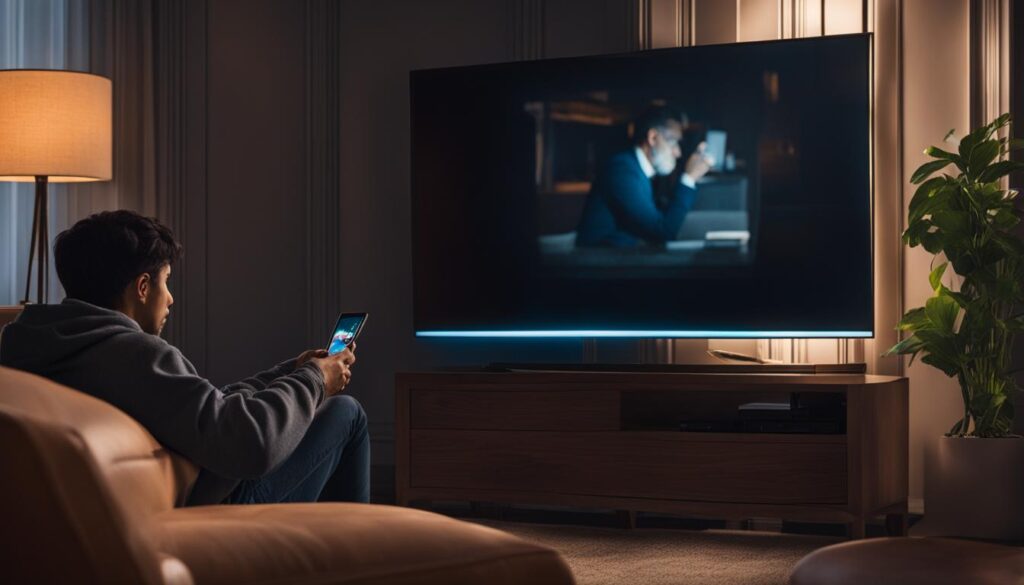
| Influence | Considerations | |
|---|---|---|
| Cost of the Premium Plan | High | Compare affordability with other streaming services |
| Number of Users and Simultaneous Streams | High | Determine if the plan accommodates your household’s streaming needs |
| Device Compatibility | Medium | Check if your device supports 4K streaming |
| Internet Speed | Medium | Ensure your internet connection meets the minimum requirements |
| Availability of 4K Content | Medium | Consider the selection and availability of 4K titles |
Conclusion
In conclusion, deciding on the value of 4K Netflix is a personal choice that depends on various factors. Weighing the cost, simultaneous streaming needs, device compatibility, internet speed, and content availability is crucial in making an informed decision.
Firstly, consider the cost of the Premium plan at $19.99 per month. Evaluate if this fits within your budget and if there are other streaming services offering 4K content at lower prices.
Secondly, assess the number of people using your Netflix account and how many simultaneous streams you require. The Premium plan allows for four simultaneous streams within your household, as well as two additional streams for external members.
Additionally, check if your device is 4K-compatible and if your internet connection is strong enough to support 4K streaming. Ensure your TV or monitor has the necessary specifications, and perform a speed test to confirm that your internet speed is at least 15Mbps.
Lastly, consider the availability of 4K content you want to watch. While there is a range of 4K content on Netflix, not all movies and shows are available in this format. Search for “4K” on Netflix to check if your desired titles are available in 4K.
Ultimately, the decision to upgrade to 4K Netflix is subjective and depends on your viewing habits and preferences. We recommend considering all these factors and determining if the Premium plan is worth it for you.
FAQ
Is 4K Netflix worth the extra cost?
Deciding on the value of 4K Netflix depends on individual preferences and circumstances. Consider factors like cost, simultaneous streaming needs, device compatibility, internet speed, and content availability. Ultimately, the decision whether to upgrade to 4K Netflix is a personal one based on individual viewing habits and preferences.
What are the different Netflix plans available?
Netflix offers four plans: Basic, Standard with ads, Standard, and Premium. The Premium plan includes 4K content, the ability to watch on four screens simultaneously, and other perks.
How can I determine if 4K Netflix is worth it for me?
When deciding if 4K Netflix is worth it, consider the cost of the Premium plan, the number of screens you need to watch simultaneously, and the quality of the streaming experience. Assess how many people use your Netflix account and how many simultaneous streams you need. Consider the type of content you want to watch on Netflix, ensure your device is 4K-compatible, and check your internet speed for stable 4K streaming.
How many people can use my Netflix account at the same time with the Premium plan?
With the Premium plan, you can have four simultaneous streams within a household and two additional streams for extra members outside the household.
Are all movies and shows on Netflix available in 4K?
While there is a wealth of 4K content available on Netflix, not all movies and shows are in 4K. You can check if the titles you want to watch are available in 4K by searching for “4K” on Netflix.
Do I need a specific device to stream 4K content on Netflix?
Yes, you need a 4K-compatible device to stream 4K content on Netflix. Check the manufacturer’s guide for your TV or monitor to see if it supports 4K streaming. Some streaming devices also support 4K, but your TV needs to have HDMI 2.0 and HDCP 2.2 support.
What internet speed do I need for 4K streaming on Netflix?
To stream 4K content on Netflix, you need a stable internet connection with speeds of at least 15Mbps. You can check your internet speed using Fast.com. If your connection is not strong enough, 4K content may buffer or stream in a lower resolution.
How much does the Premium plan cost?
The Premium plan comes with a higher price tag of $19.99 per month compared to other Netflix plans.
Are there any other streaming services that offer 4K content?
Yes, there are other streaming services like Disney+, Amazon Prime Video, and Apple TV+ that offer 4K streaming at potentially lower prices. It’s worth comparing the price and features of these services before deciding on 4K Netflix.
How do I make the decision if 4K Netflix is worth it?
The decision to upgrade to 4K Netflix depends on your budget, the number of people using your account, your device compatibility, internet speed, and the availability of 4K content you want to watch. Evaluate these factors to determine if the Premium plan is worth it for you.
Source Links
- https://www.guidingtech.com/netflix-standard-vs-premium/
- https://www.makeuseof.com/is-netflix-premium-worth-it/
- https://www.techadvisor.com/article/740349/which-netflix-plan-is-right-for-you.html
Carl is the author of 1home Theatre Projector. When he’s not busy writing about all things projector-related, you can find him playing basketball or watching a good movie. He knows that jumping to a projector-based home cinema can be daunting, but he’s here to help make it as easy as possible. With his comprehensive guides and product reviews, you’ll be able to find the right projector for your needs and set it up in no time. Plus, he’s always on top of the latest news and information on upcoming releases, so you’ll always be ahead of the curve.
